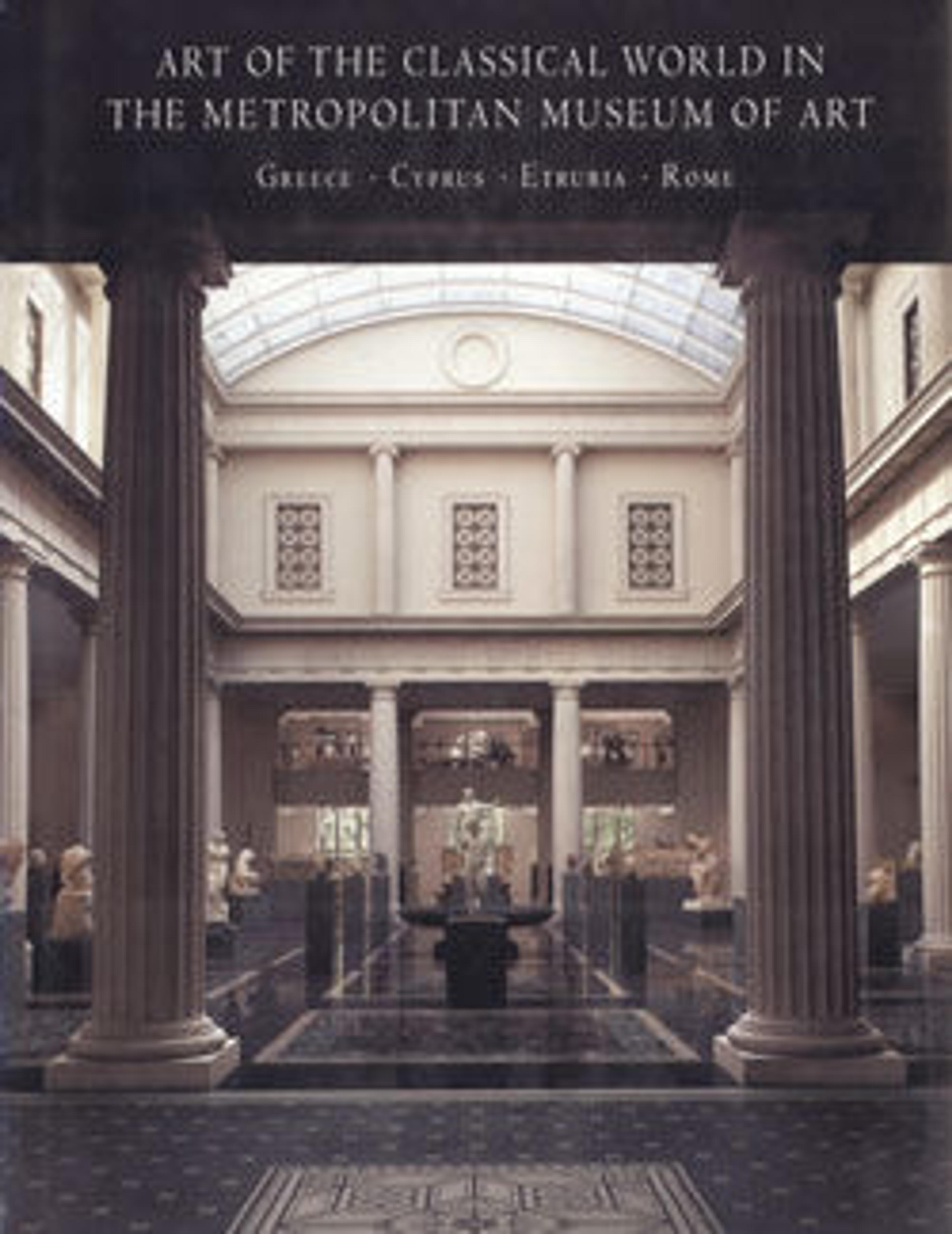Marble sarcophagus with garlands
This was the first gift accepted by the Museum.
The back and cover of this sarcophagus are unfinished, and its inscription tablet is blank, which may imply that it went unsold in antiquity. Garlands of oak leaves supported by two erotes and four Victories adorn the front and sides. Medusa heads fill the spaces above the garlands, except in the center of the front, where there is the blank inscription tablet. Six erotes hunt various wild animals along the front face of the cover, while two others stand at the corners. On the left end, Eros awakens Psyche with an arrow, and on the right, they embrace.
The back and cover of this sarcophagus are unfinished, and its inscription tablet is blank, which may imply that it went unsold in antiquity. Garlands of oak leaves supported by two erotes and four Victories adorn the front and sides. Medusa heads fill the spaces above the garlands, except in the center of the front, where there is the blank inscription tablet. Six erotes hunt various wild animals along the front face of the cover, while two others stand at the corners. On the left end, Eros awakens Psyche with an arrow, and on the right, they embrace.
Artwork Details
- Title:Marble sarcophagus with garlands
- Period:Severan
- Date:ca. 200–225 CE
- Culture:Roman
- Medium:Marble, Proconnesian
- Dimensions:Overall: 53 x 88in. (134.6 x 223.5cm)
- Classification:Stone Sculpture
- Credit Line:Gift of Abdo Debbas, 1870
- Object Number:70.1
- Curatorial Department: Greek and Roman Art
More Artwork
Research Resources
The Met provides unparalleled resources for research and welcomes an international community of students and scholars. The Met's Open Access API is where creators and researchers can connect to the The Met collection. Open Access data and public domain images are available for unrestricted commercial and noncommercial use without permission or fee.
To request images under copyright and other restrictions, please use this Image Request form.
Feedback
We continue to research and examine historical and cultural context for objects in The Met collection. If you have comments or questions about this object record, please contact us using the form below. The Museum looks forward to receiving your comments.
